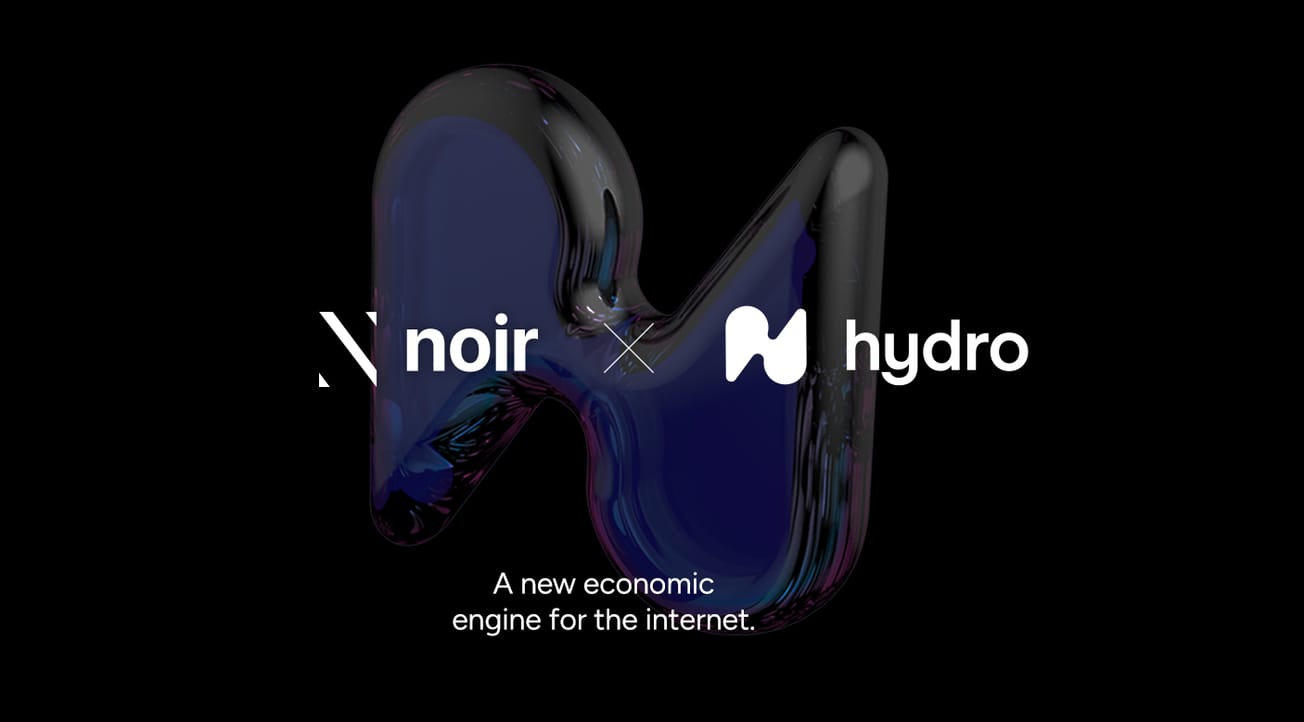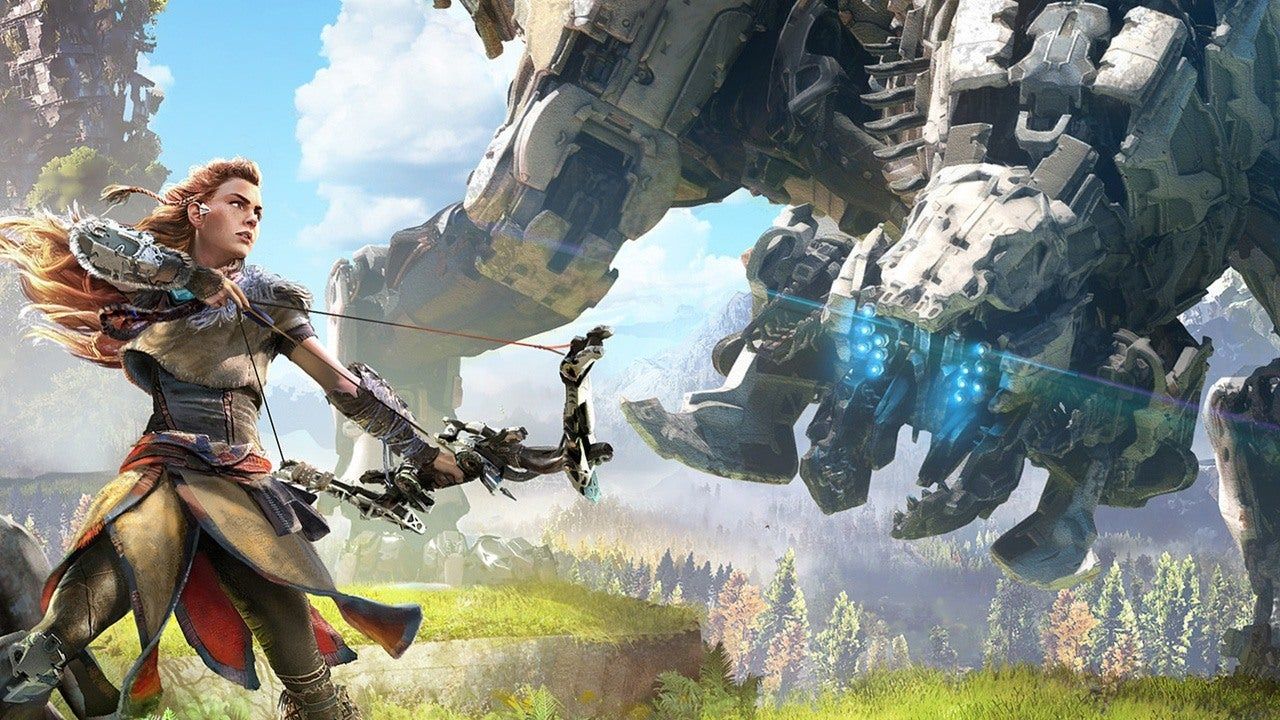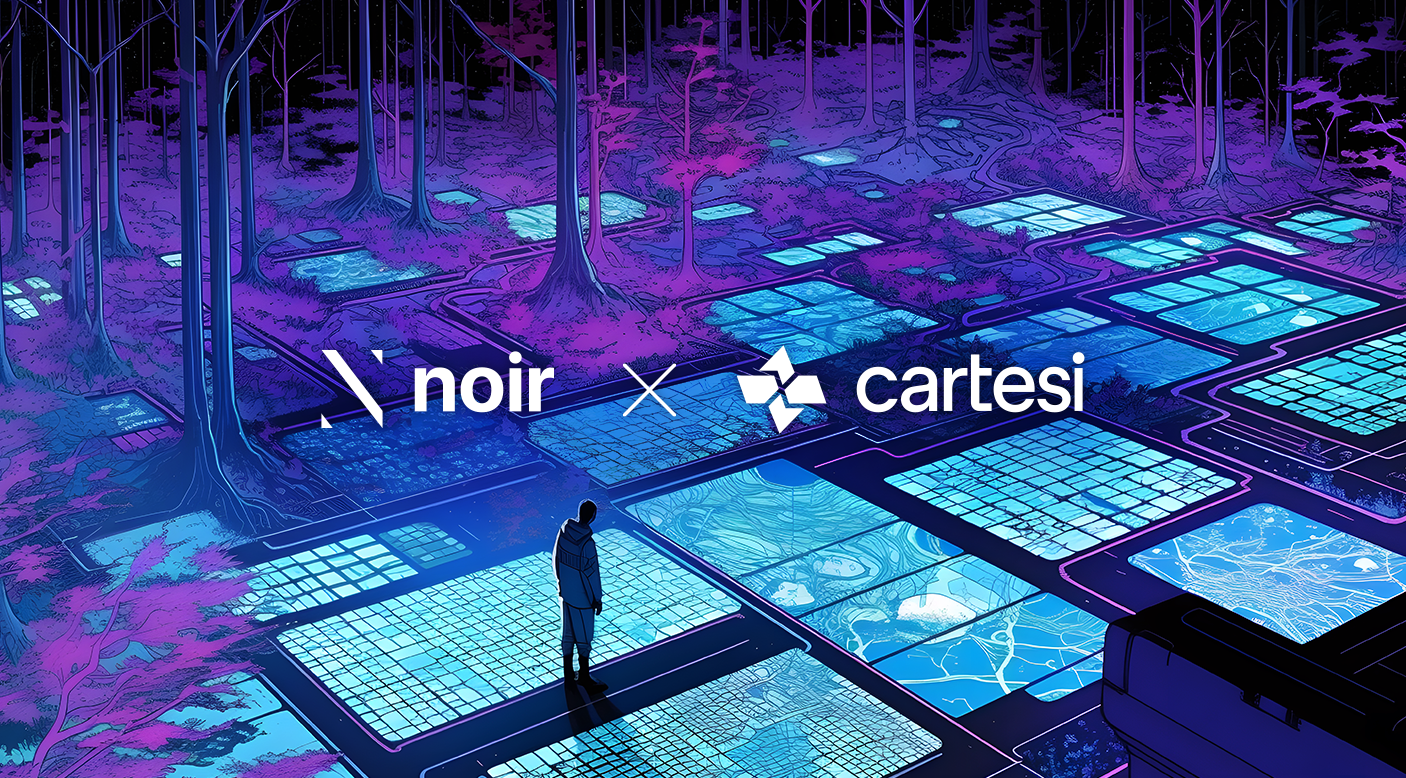The recent Metaverse Standards Forum unveiled a wealth of knowledge about the most important primitives needed for an open metaverse to come to fruition. Like with the internet, the most important goal is to establish standardized protocols for the metaverse’s operations. While the internet has HTTP, HTML and URL, it’s still up in the air as to what will mirror these for the metaverse. While the individual standards are yet to exist, experts are already learning from the past to create an approach to their creation.
The Khronos Consortium
While it might sound like the name for a Sci-Fi syndicate, The Khronos Group is far from fiction. They’re a non-profit consortium responsible for developing and maintaining open-source interoperability standards for myriad metaverse tech, including: 3D Graphics, Virtual and Augmented Reality; Machine Learning and AI, plus vision acceleration and parallel computing.
The Khronos Group established the Metaverse Standards Forum in order to help coordinate the many ad-hoc standards groups that are forming. The goal is to provide a way for these groups to communicate and coordinate their efforts to build an open metaverse accessible for all.
Interoperability and Openness: Learning from the Past
The metaverse should be open; not composed of walled-gardens and restricted silos with high-barriers to entry. It’s also about enabling collaboration, and given that it will encompass many different worlds, sectors and industries, interoperability between these is a must. To maximize the scope and value-contribution of the metaverse, it’s vital that these different groups work together to create these standards—in an open and collaborative way, in the spirit of the metaverse.
The Khronos Group believes that the most useful approach will be to use lessons of history to teach those building the metaverse. Early platforms tried to define too much too quickly, including runtime behavior, which was evolving rapidly at the time. A great example of an early standard was OpenGL for Embedded Systems—an API used to render computer 2D & 3D graphics, released in 2003, later evolving with WebGL in 2011. All in all, the metaverse needs to be built slowly and carefully to avoid the mistakes of the past. Making the metaverse device-agnostic and universally pervasive is no easy task.
We all know that in these nascent stages, the metaverse market is a convoluted and ever-evolving space. According to Rev Lebaredian, VP of Omniverse and Simulation at NVIDIA, Creating the metaverse is the “most computationally challenging computer science problem of all time,” so creating the standards for it will be a feat in itself.









